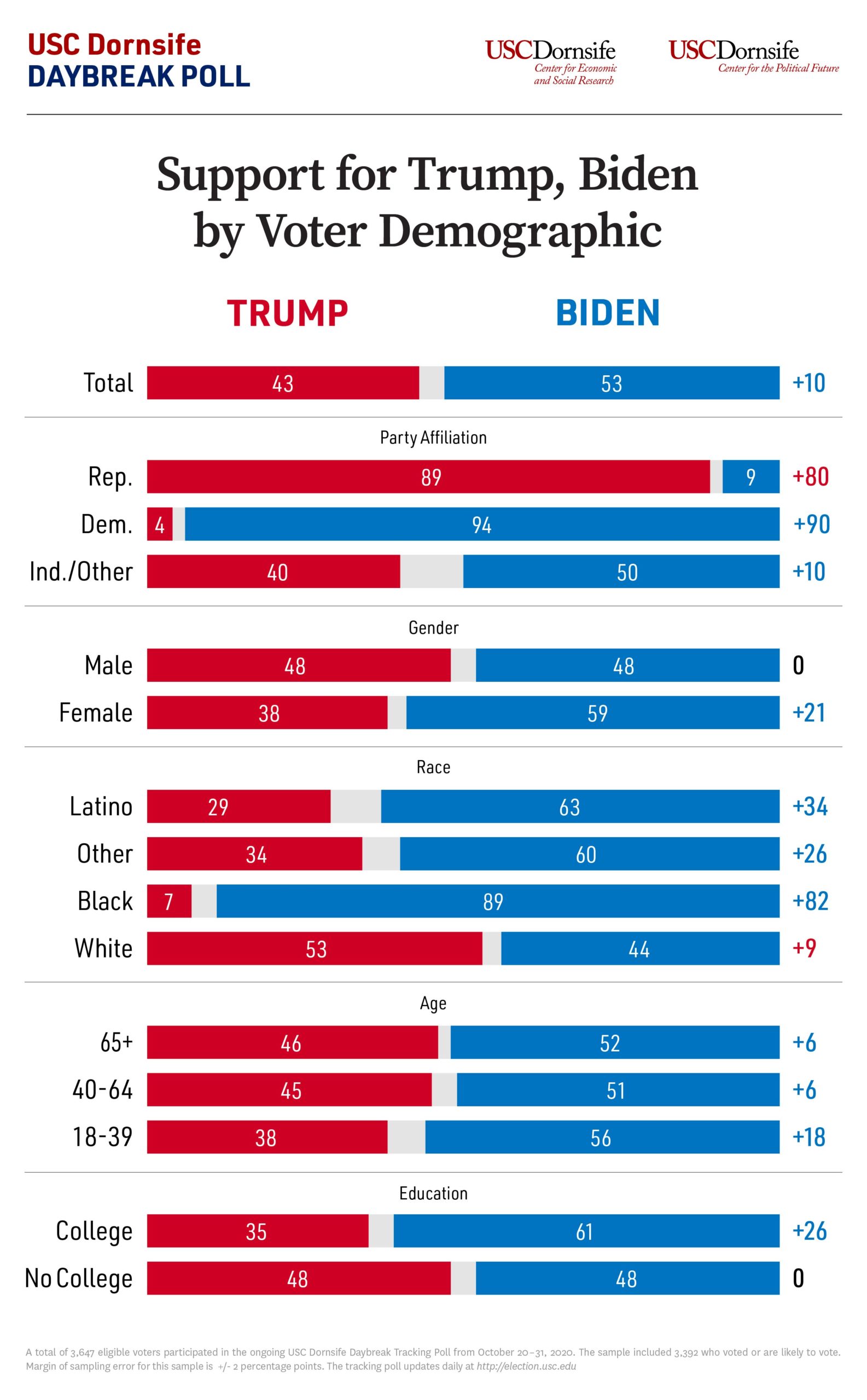As the 2024 election cycle draws to a close, political analysts and citizens alike are turning their attention to the popular vote results. The outcomes of these elections will shape the political landscape for years to come, influencing policy decisions and party strategies. This article aims to provide a comprehensive overview of the predictions, analysis, and expectations surrounding the 2024 popular vote results.
In an era marked by intense political polarization, understanding the nuances of the popular vote is crucial. From voter turnout trends to demographic shifts, the data emerging from the 2024 elections offers valuable insights into the American electorate's preferences and priorities. Stay informed with our detailed breakdown of the key takeaways from this pivotal election year.
Voter Engagement and Turnout
The 2024 election witnessed significant voter engagement, driven by a combination of factors including increased awareness, accessibility to voting methods, and heightened political stakes. Voter registration drives across the nation played a pivotal role in boosting participation rates, particularly among younger demographics and minority groups. This surge in engagement underscores the importance of civic participation in shaping democratic outcomes.
Technological advancements also contributed to higher voter turnout. Online resources provided voters with easy access to information on polling locations, deadlines, and ballot measures. These tools not only simplified the voting process but also empowered individuals to make informed decisions at the polls. As a result, the 2024 election saw record-breaking numbers in several key states.
Despite these positive developments, challenges such as voter suppression tactics and misinformation campaigns persisted. Addressing these issues remains critical to ensuring fair and equitable access to the ballot box for all eligible voters. Continued efforts to enhance transparency and trust in electoral processes will be essential moving forward.
Electoral Insights and Analysis
Official results from the 2024 presidential election reveal a complex tapestry of voter preferences across different regions. Former President Donald Trump secured victory with 49.8% of the popular vote, narrowly edging out Vice President Kamala Harris who garnered 48.3%. This slim margin highlights the closely contested nature of the race and reflects the deep divisions within the electorate.
State-level analyses indicate varying patterns of support for each candidate. For instance, Arizona and Colorado emerged as battleground states where the competition was especially fierce. In Arizona, Trump managed to secure all 11 electoral votes with 52.2% of the popular vote, while Harris triumphed in Colorado, capturing 10 electoral votes with 54.1%. Such regional disparities emphasize the significance of targeted campaigning strategies.
Furthermore, the performance of third-party candidates and independent voices added another layer of complexity to the electoral landscape. Although their impact on the overall outcome was limited, they succeeded in drawing attention to specific issues and mobilizing niche constituencies. Understanding these dynamics provides valuable lessons for future electoral cycles.
Comparative Trends Over Time
Examining historical data reveals interesting trends regarding changes in voter behavior over successive elections. Compared to previous cycles, Trump achieved notable gains in his popular vote tally, increasing it by approximately 3 million votes since 2020 and nearly 14.3 million since his initial run in 2016. This growth signifies sustained loyalty among core supporters despite external pressures and controversies.
Conversely, Harris's campaign struggled to replicate Barack Obama's success in galvanizing progressive bases, resulting in slightly lower turnout figures compared to Democratic victories in prior years. Analyzing these discrepancies helps identify areas requiring improvement within party platforms and outreach initiatives.
Looking ahead, both major parties must adapt to evolving societal norms and technological advancements if they hope to maintain relevance and competitiveness in upcoming elections. Embracing innovation while preserving core principles will be vital for sustaining long-term success amidst shifting voter allegiances.
Nevada's Contribution to National Results
Within the broader context of national results, Nevada's contribution deserves special mention due to its status as a perennial swing state. According to the Nevada Secretary of State's official records, featured races showcased intense competition between Democrat, Republican, and other candidates vying for office. Real-time updates throughout the counting process ensured transparency and accountability.
Local officials worked diligently to ensure smooth operations during voting periods, employing various measures to accommodate diverse voter needs. Their dedication exemplifies best practices that can serve as models for jurisdictions nationwide seeking to enhance efficiency and inclusivity in their own systems.
Ultimately, Nevada's experience demonstrates how effective management of electoral logistics contributes significantly to producing accurate and reliable outcomes. Lessons learned here could inform improvements elsewhere, fostering greater confidence in democratic institutions across America.

